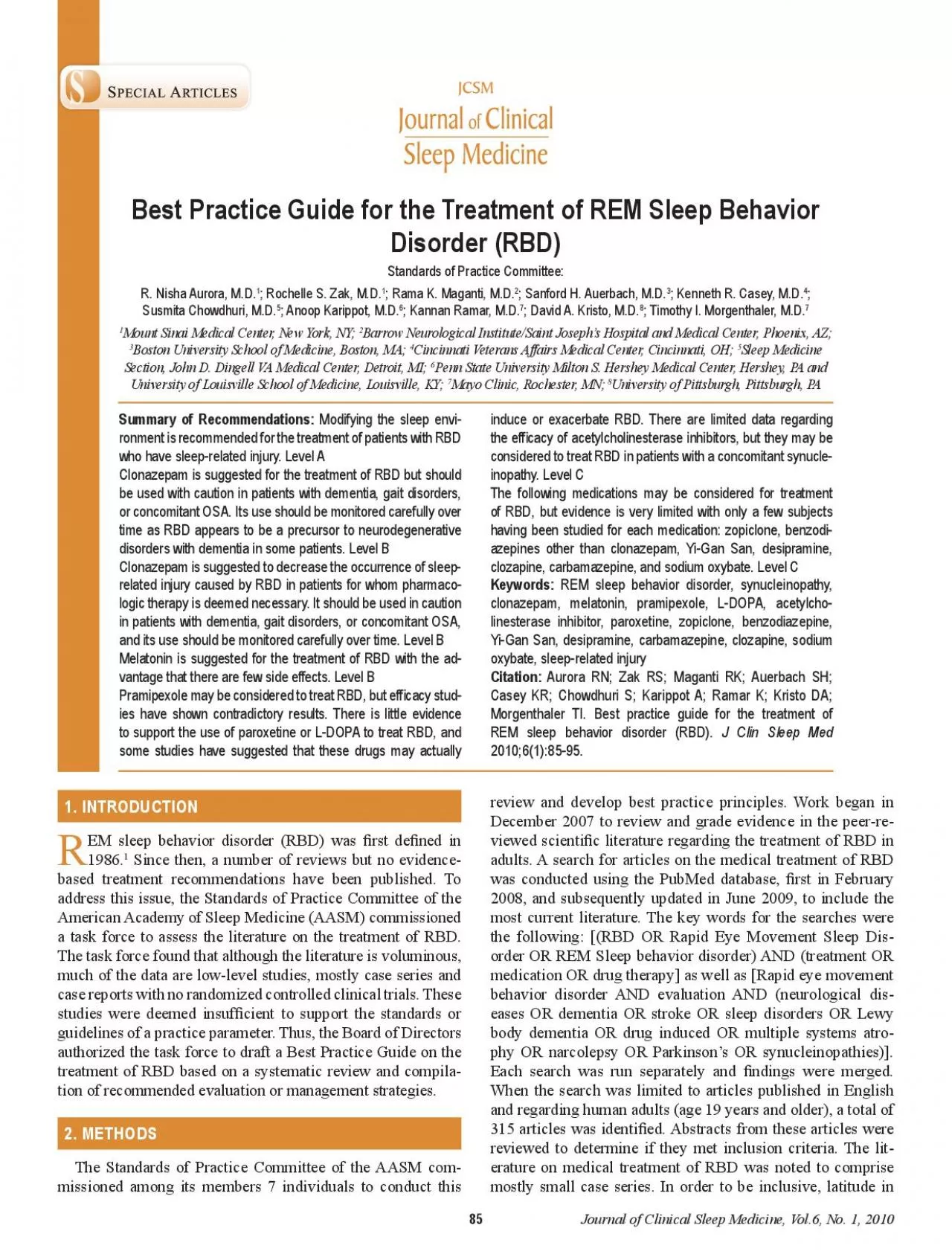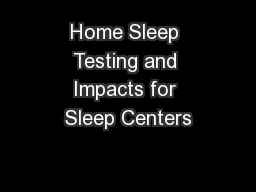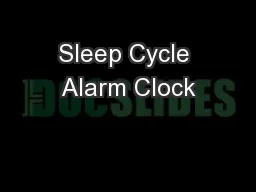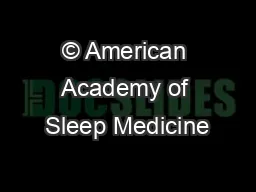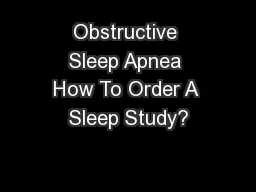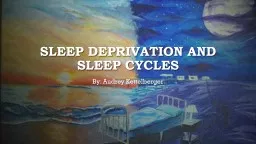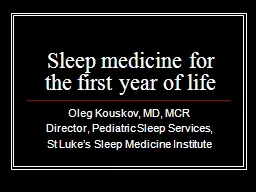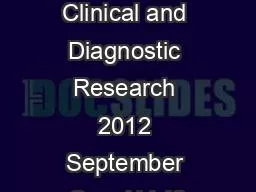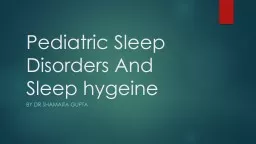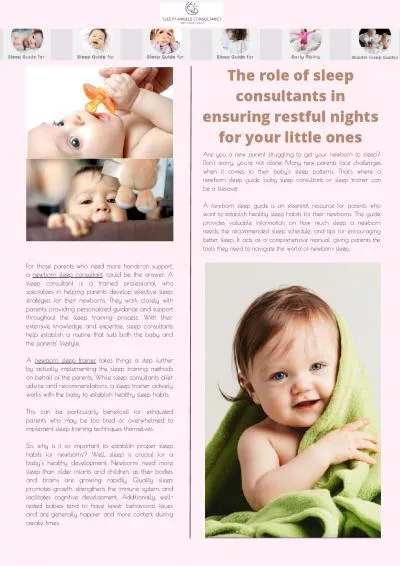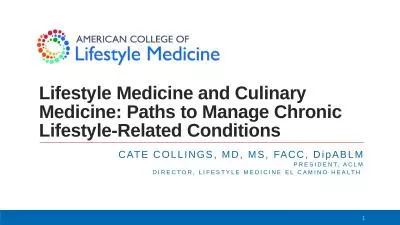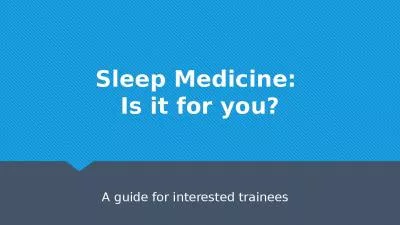PDF-Journal of Clinical Sleep Medicine Vol6 No 1 2010
Author : della | Published Date : 2022-08-16
85 Summary of Recommendations Modifying the sleep envi ronment is recommended for the treatment of patients with RBD who have sleeprelated injury Level A Clonazepam
Presentation Embed Code
Download Presentation
Download Presentation The PPT/PDF document "Journal of Clinical Sleep Medicine Vol6 ..." is the property of its rightful owner. Permission is granted to download and print the materials on this website for personal, non-commercial use only, and to display it on your personal computer provided you do not modify the materials and that you retain all copyright notices contained in the materials. By downloading content from our website, you accept the terms of this agreement.
Journal of Clinical Sleep Medicine Vol6 No 1 2010: Transcript
Download Rules Of Document
"Journal of Clinical Sleep Medicine Vol6 No 1 2010"The content belongs to its owner. You may download and print it for personal use, without modification, and keep all copyright notices. By downloading, you agree to these terms.
Related Documents

